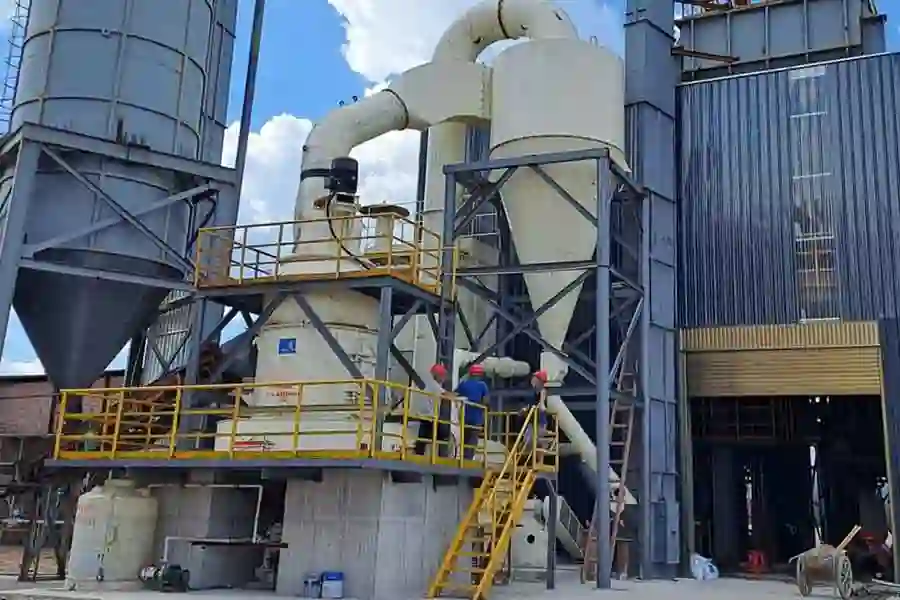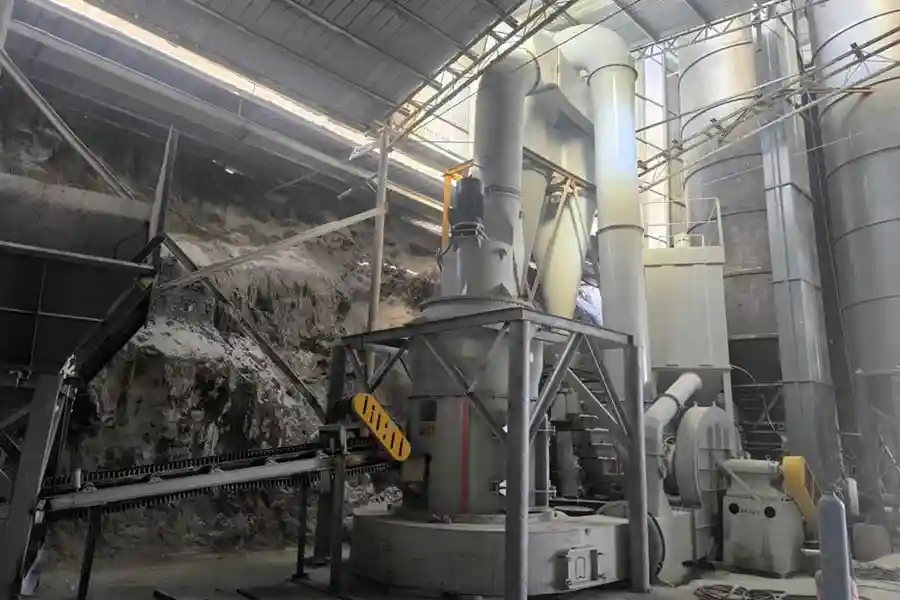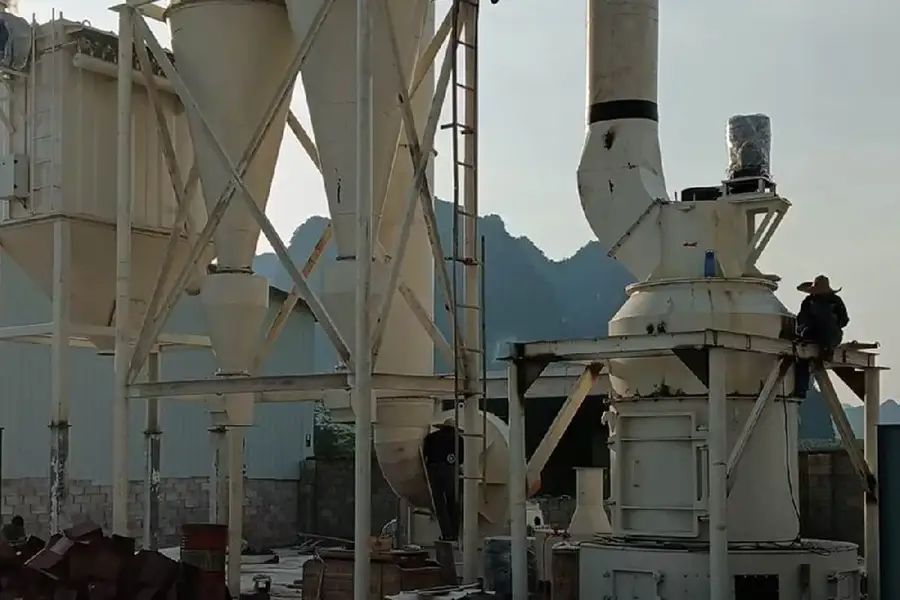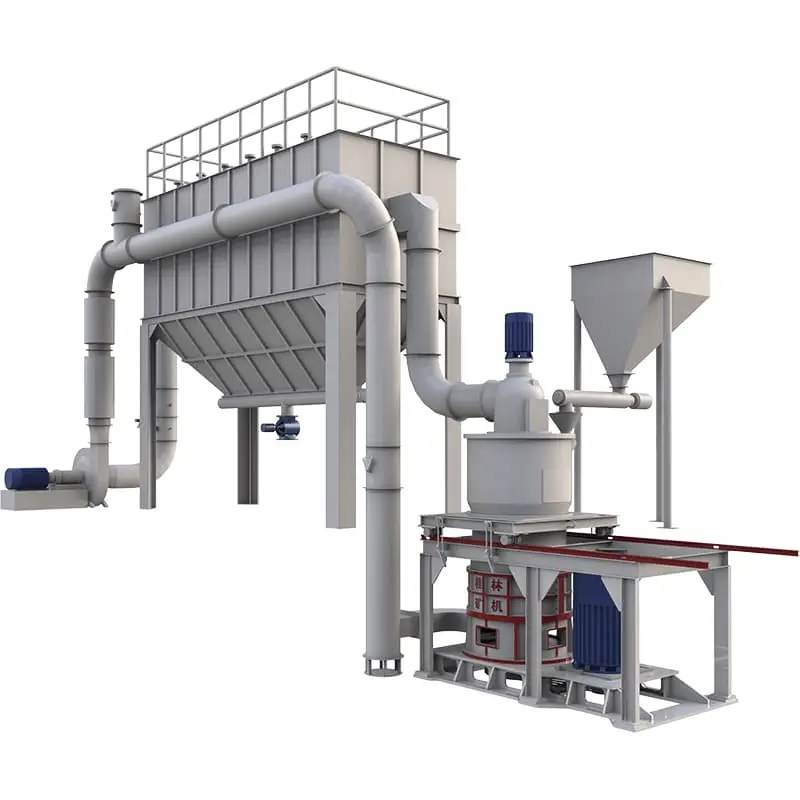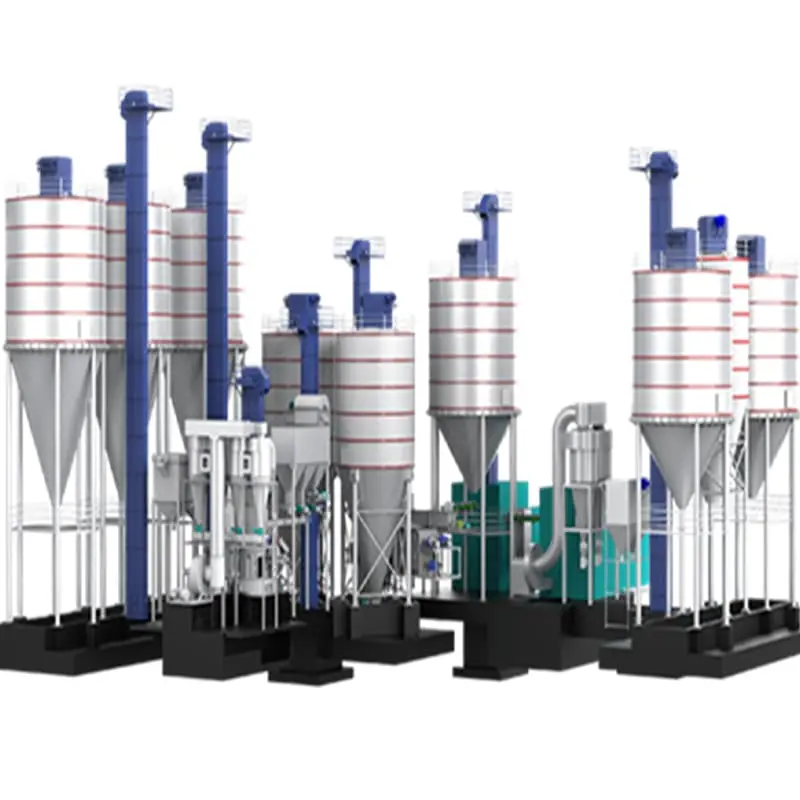- Vertical grinding mill processes calcium carbonate
- Vertical grinding mill processes talc
- Vertical grinding mills process barite
- Ultrafine grinding mill processes iron oxide red
- Mongolian mill processing siderite
- Raymond mill processing blast furnace slag
Telephone:
+86-18290113988 (whatsapp) Kase
+86-13248239223 (whatsapp) Cecilia
+86-17317879223 (whatsapp) Fandi
+86-19921225405 (whatsapp) Luna
Email:sales@shcronus.com
Raymond mill supporting equipment: bucket elevator
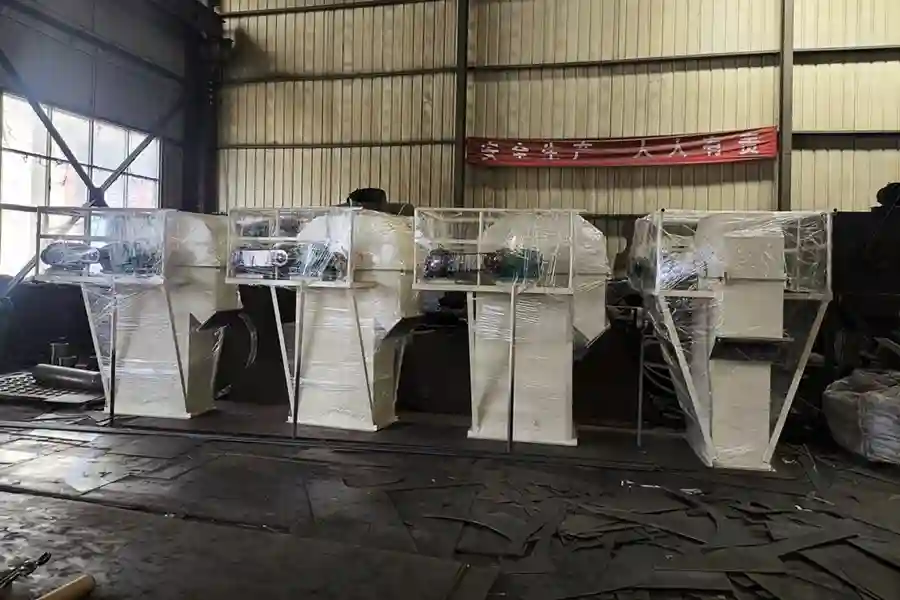
- Publication time:2025-07-04
- Click:37
Recently, the bucket elevator, a supporting equipment for the Raymond mill produced by Cronus Manufacturer, has been officially packaged and is ready to be loaded and shipped. It is used for the upgrading and transformation of the material conveying system of the Raymond mill production line. Before leaving the factory, the equipment has undergone 72 hours of no-load test runs and load tests to ensure stable operation, up - to - standard sealing, and compliance with national environmental protection and work safety standards.
Basic Structure of Bucket Elevator
Traction Components: The belt has a low cost and runs smoothly, suitable for light to medium loads and materials with a temperature not exceeding 60°C. The chain is sturdy and suitable for heavy loads, high - temperature, or corrosive materials.
Hopper Shapes: Deep hoppers are suitable for dry and free - flowing granular materials. Shallow hoppers are suitable for moist and easily caking materials. Triangular hoppers are used for high - speed lifting of powdered materials.
Drive Device: Composed of a motor, reducer, etc. The backstop can prevent reverse rotation.
Housing: It consists of the head (drive end), intermediate sections, and the tail (tensioning end). It has a fully enclosed design to prevent dust and leakage.
Auxiliary Components: The tensioning device maintains the tension of the traction member. The inlet and outlet ensure smooth material flow in and out. The access door facilitates maintenance.

Working Principle of Bucket Elevator
Loading: There are scooping and inflow methods, suitable for powdered or small - grained materials, and large - sized or highly abrasive materials respectively.
Lifting: The drive device drives the hoppers filled with materials to rise.
Unloading: There are centrifugal and gravity methods, used for free - flowing granular, block - shaped, or moist materials respectively.
Types of Bucket Elevator
TD - type Belt Bucket Elevator: Widely used, with a rubber belt as the traction component. It has a simple structure, low cost, and runs smoothly. The lifting height generally does not exceed 40m. The temperature of the material for ordinary belts does not exceed 80°C, and for heat - resistant belts, it does not exceed 200°C. It is suitable for small - scale grain processing plants, cement plants, etc.
TH/HL - type Ring Chain Bucket Elevator: It uses a circular chain, has a strong load - bearing capacity and good wear resistance. The conveying height can reach 50m. It is suitable for medium - to - large - sized loads of abrasive materials and performs well in the metallurgical and mining industries.
NE - type Plate Chain Bucket Elevator: High - efficiency and heavy - load, with a maximum conveying capacity of 800m³/h. It uses high - quality alloy steel high - strength plate chains, can withstand high temperatures, and the material temperature does not exceed 250°C. It plays a key role in cement plants and the mining industry.
Maintenance of Bucket Elevator
Daily Inspection: Do tasks such as tightening bolts, lubricating key parts, and removing residual materials. Regularly tighten bolts to prevent loosening, and remove residual materials in a timely manner before and after operation.
Regular Maintenance: Replace lubricating oil, check the wear of hoppers, and comprehensively inspect the equipment system. Replace the lubricating oil every 3 months, and shorten the cycle in a corrosive environment. Carefully check the wear of hoppers, and in the mining industry, check and replace them more frequently. Regularly and comprehensively inspect the electrical and transmission systems.
Treatment for Long - term Shutdown: Clean the materials, clean and rust - proof, and regularly power - on for inspection. Thoroughly clean the internal materials, conduct a comprehensive cleaning and apply rust - proof oil. Regularly power - on for inspection and run for a short time.
Selection Suggestions for Bucket Elevator
The selection should comprehensively consider material characteristics, conveying capacity, lifting height, environmental conditions, etc. The particle size of the material determines the shape and size of the hopper, the humidity affects the wear - resistance and anti - adhesion of the equipment, and the density determines the lifting force. The conveying capacity and lifting height need to be accurately calculated according to the production scale and process flow, and a margin should be reserved. In a high - temperature environment, select high - temperature - resistant equipment; in a low - temperature environment, select low - temperature - resistant equipment; in an environment with a large amount of dust, select equipment with good sealing performance.
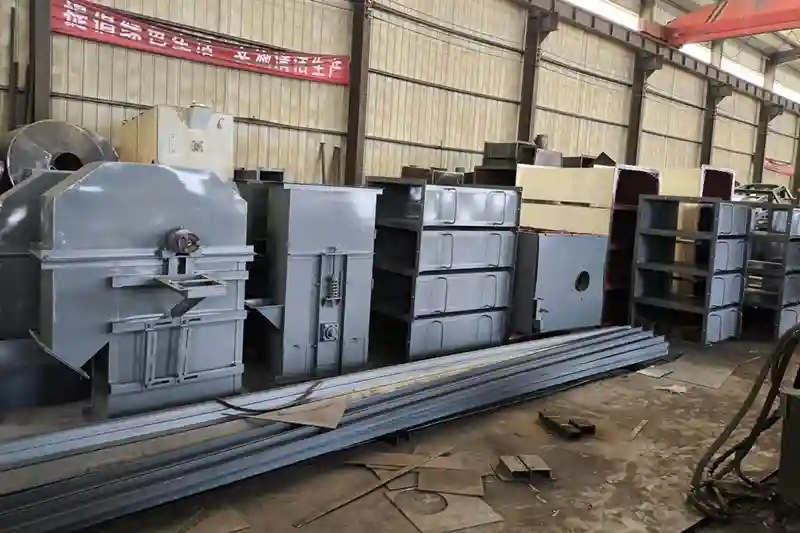
Summary
The bucket elevator, a supporting equipment for the Raymond mill, was successfully shipped. This equipment has advantages such as wear - resistant buckets, intelligent drive, and fully enclosed design, and can meet the conveying needs of the Raymond mill powder production line. Through scientific model selection, strict testing, and perfect after - sales service, it will help customers improve efficiency and reduce consumption.
- Previous:The CR5R4128 Raymond Mill is loaded onto the vehicle and shi···
- Last:Raymond mill with three - vehicle combined transportation is···
向下滚动页面显示"置顶"按钮...


